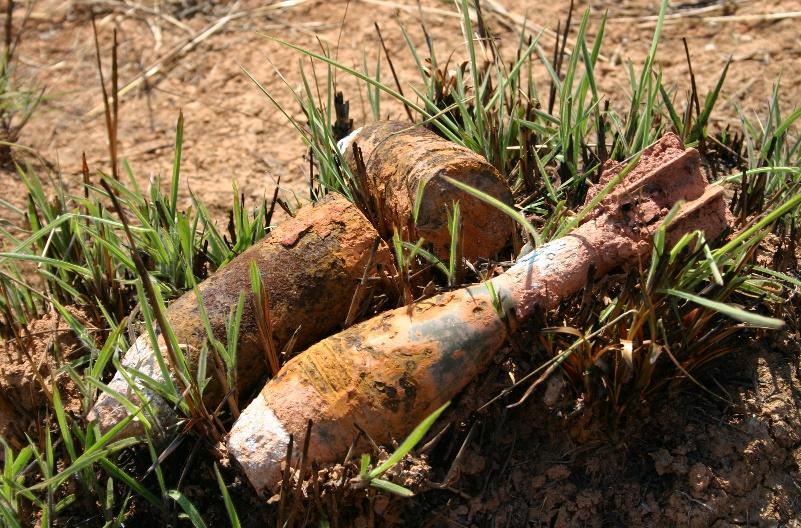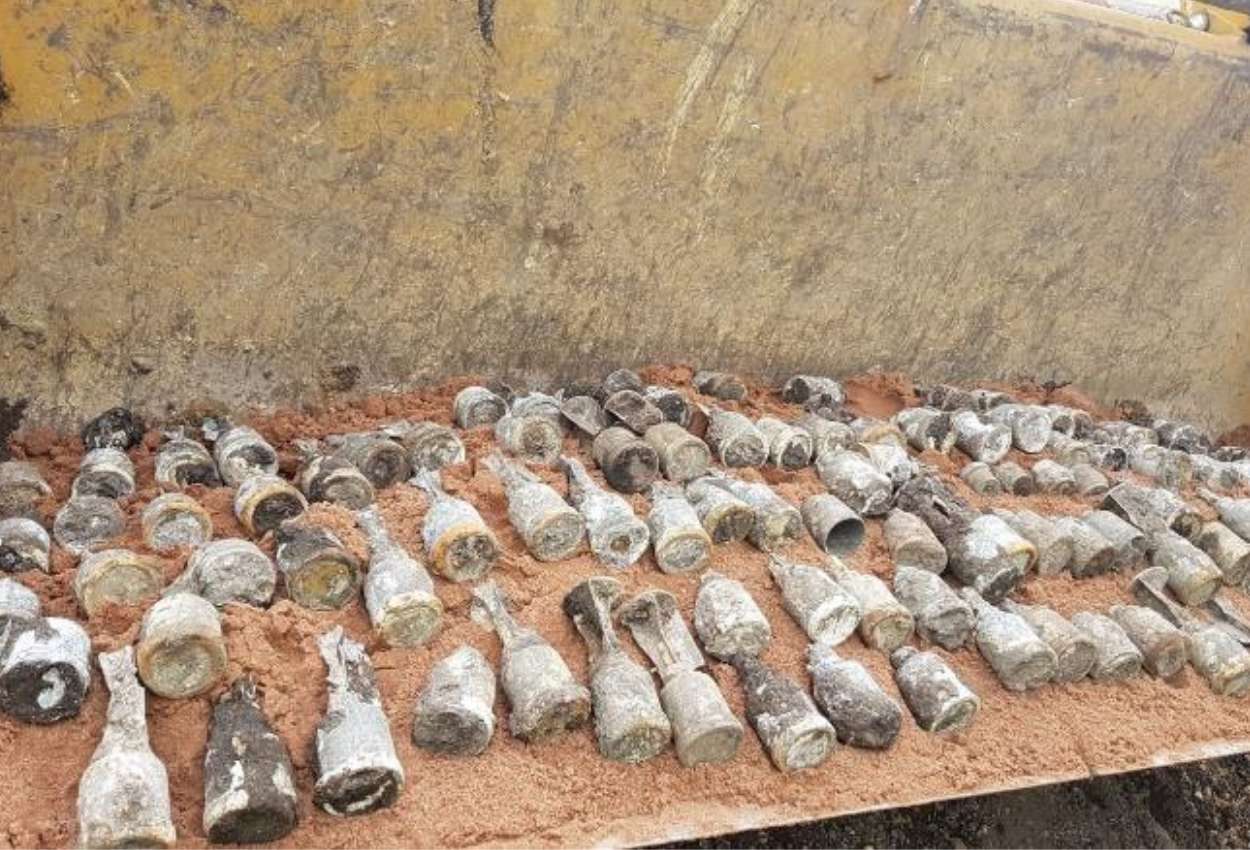How To Avoid A UXO Incident
In 2022, Brimstone cleared 49 tonnes of unexploded ordnance. Many of these devices could have caused injury, death or destruction, had our engineers not stepped in to prevent an incident.
So far, nobody has been killed in the UK by such an incident. Help us keep it that way, by taking the necessary steps before conducting your project.
No Such Thing As Zero Risk
Most of the UK has been classified as having low UXO risk, but that doesn’t mean your project is 100% safe. At least one tenth of Second World War bombs failed to detonate, leaving hidden dangers strewn across the country, in addition to unexploded allied devices and military ammunition. No matter where you are, there is always some risk of a UXO incident.
Just this year, a 250kg bomb was discovered in Great Yarmouth, close to two gas pipes. It could have caused catastrophic destruction, but it was discovered and army specialists were called in to dispose of it. Even so, the bomb detonated whilst undertaking a low order defusal technique, breaking car windows, damaging flood walls and affecting the scaffolding on a new bridge being built. Buildings shook a full 15 miles away.
Fortunately, there were no deaths or injuries. However, the community, infrastructure and various building projects were all threatened by the UXO, while evacuations caused upheaval and inconvenience.
Thankfully, there are quick, low-cost measures you can take to discount the possibility of UXO.

Responding To A UXO Incident
UXO can lie undisturbed for decades, before exploding in response to energy input, such as heat, shock or vibration. This makes many tasks inherently risky, including contracting, construction, archaeology, tunnelling and more.
You don’t have to wait until you discover a suspicious object to call in UXO specialists. Our assessments, surveys and investigations mitigate the possibility of an incident, especially when conducted by our engineers, who were recruited from the Royal Navy, British Army and Royal Air Force after years of practical experience.
Risk Assessment
The first step is to have your site assessed for UXO risk, based on its historical and geographical context. We’ll return findings within 24 hours, despite the fact we never use automated systems. For military sites, we conduct a more in-depth analysis, including the different types of UXO you might expect to encounter.
After the assessment, we’ll send you a risk rating and recommend any further action, such as a survey, investigation or UXO removal.

UXO Surveys
A risk assessment determines the likelihood of UXO, while a survey takes place on-site to clear the area. We use a variety of different methods, each of which use specialist technology to sense ferrous objects. It can clear wide-open areas 6m below the surface, with intrusive techniques surveying up to a depth of 25m.
Ground Investigation
Investigations are usually a follow-up to a survey, although they can be carried out as a standalone procedure. You have the option of watching briefs and/or a search and clear, through which we excavate any modelled targets.
A watching brief is a supervised excavation with our explosives engineers on hand. It might take place at a reduced dig or a trial pit, where the top layers of soil have been removed. We can also utilise technical equipment to search for objects deeper beneath the ground, giving you a more complete picture.
Alternatively, we can conduct a search and clear, where we systematically clear an open area using handheld equipment. We mark, log and excavate detected objects as and when they are discovered, eliminating any nasty surprises.

Getting Started
Take the next step by getting in touch! We provide explosive hazard management to clients from all over the world, ensuring safe and secure environments.
Head to our website to explore our many services, including our training course. If you are unsure of how we can best help you, you can use our handy online tool to find the right service.
Keep up to date with Brimstone UXO by following us on Facebook, Instagram, Twitter, LinkedIn and YouTube.